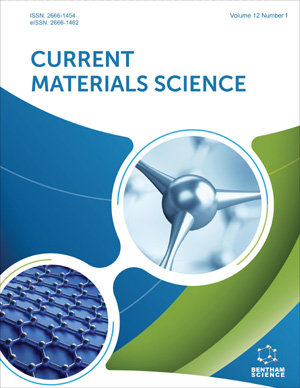Abstract
This chapter introduces the basis of electromagnetic interference shielding theory, techniques for characterizing electromagnetic materials, and the application of studying the electromagnetic properties of materials. The main topics include theoretical shielding effectiveness calculation and its measurement, Shielding Mechanism of E-Field and H-Field, absorption and reflection loss, interfacial and orientation polarization, electronic and atomic polarization, characterization methodology, Nicholson-Ross-Weir technique, short circuit line technique electrical properties, electrical permittivity, and magnetic permeability, and dielectric measurement techniques. In addition, the field method is used to analyze the electromagnetic field. This chapter introduced the concept of microwave shield and described its characteristics to achieve the ideal shield. Next, the basic physics that coordinates the interaction between the material and the electromagnetic field is described in detail. Subsequently, we analyze the general properties of typical electromagnetic materials such as dielectric materials, semiconductors, conductors, magnetic materials, and artificial materials. The last part of this chapter introduces the latest developments in EMI shielding materials in various structural forms, as well as future challenges and guidelines for finding material solutions for next-generation shielding applications. Indeed, advanced materials and process technology are the keys to successful EMI shielding.
Keywords: Composite Shielding Materials, Dielectric Attributes, Dielectric Measurement Techniques, Dielectric Parameters, Electromagnetic shield, EMI, Shielding, Microwave Pollution, Nicolson Ross-Wier methods, Permittivity, Permeability, Skin Depth.




















